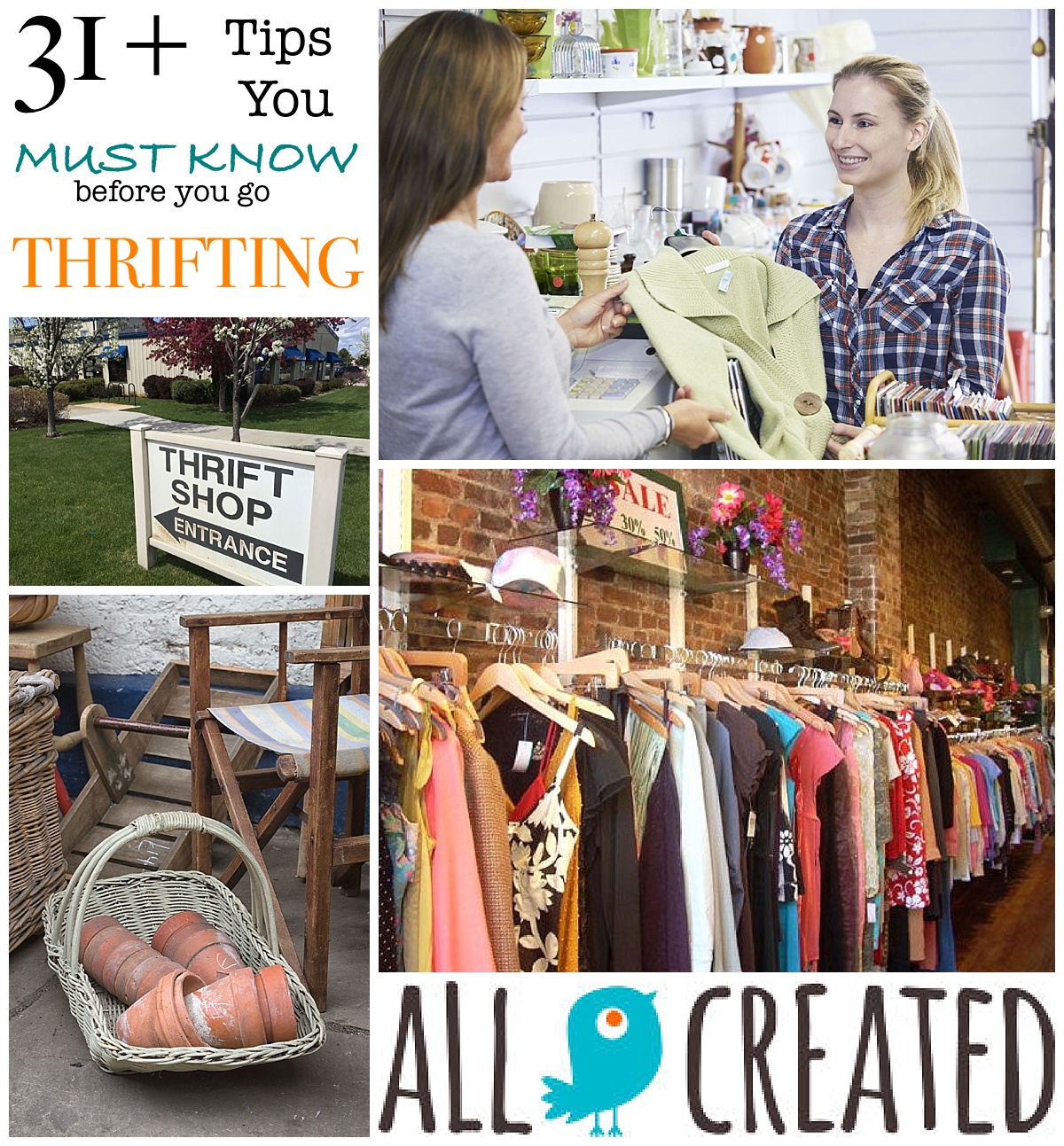Mastering the Art of Thrift Store Shopping
Thrift store shopping has become an increasingly popular activity, attracting individuals from all walks of life. The thrill of the hunt, the satisfaction of scoring a great deal, and the joy of discovering unique items are just a few reasons why thrift store shopping has become a beloved pastime. For those looking to elevate their thrifting experience, this article will provide expert tips on what to look for at a thrift store, helping readers navigate the often-overwhelming world of second-hand shopping.
One of the primary benefits of thrift store shopping is its sustainability. By choosing to shop second-hand, individuals can reduce their environmental footprint, support local communities, and promote a more circular economy. Additionally, thrift store shopping offers an affordable alternative to traditional retail, making it an attractive option for those on a budget.
However, thrift store shopping can also be intimidating, especially for those new to the scene. With racks upon racks of clothing, shelves stacked with household items, and a constant influx of new inventory, it’s easy to feel overwhelmed. That’s why it’s essential to develop a keen eye for spotting hidden gems amidst the clutter. By understanding what to look for at a thrift store, readers can increase their chances of finding high-quality, unique, or valuable items, making their thrifting experience more enjoyable and rewarding.
In the following sections, we’ll delve into the world of thrift store shopping, providing expert tips on how to identify hidden gems, understand fabric and material quality, spot designer and vintage items, and more. Whether you’re a seasoned thrifter or just starting out, this article will equip you with the knowledge and skills necessary to take your thrift store shopping experience to the next level.
How to Identify Hidden Gems Amidst the Clutter
When it comes to thrift store shopping, having a keen eye for spotting high-quality, unique, or valuable items is crucial. Amidst the chaos of racks and shelves, it’s easy to overlook hidden gems. To increase your chances of finding these treasures, it’s essential to develop a systematic approach to inspecting items.
Start by carefully examining the item’s condition, looking for signs of wear and tear, stains, or damage. Check for missing buttons, broken zippers, or torn seams. Consider the item’s potential for repair or restoration, and whether it’s worth the investment of time and resources.
Next, research the item to determine its authenticity and value. Check for labels, signatures, or markings that can indicate the item’s origin, materials, or designer. Use online resources, such as eBay or specialized collector forums, to determine the item’s market value and rarity.
When searching for hidden gems, it’s also essential to consider the item’s potential for upcycling or repurposing. Think creatively about how you can transform the item into something new and unique. For example, an old t-shirt can become a reusable bag, while a vintage window can become a decorative mirror.
Some of the things to look for at a thrift store include unique or rare items, such as vintage clothing, antique furniture, or collectible toys. Keep an eye out for high-quality materials, such as wool, silk, or leather, and consider the item’s potential for restoration or repair.
By developing a keen eye for spotting hidden gems and understanding what to look for at a thrift store, you can increase your chances of finding unique and valuable items. Remember to always inspect items carefully, research their authenticity and value, and consider their potential for upcycling or repurposing.
Understanding Fabric and Material Quality
When shopping at a thrift store, it’s essential to understand the different types of fabrics and materials you may encounter. Knowing the characteristics of various materials can help you identify high-quality items and make informed purchasing decisions.
Cotton is one of the most common fabrics found in thrift stores. Look for cotton items with a soft, smooth texture and a natural fiber content of at least 80%. Avoid cotton items with visible signs of wear, such as fraying or thinning.
Polyester is another common fabric found in thrift stores. While it’s often less desirable than cotton, high-quality polyester items can be durable and long-lasting. Look for polyester items with a smooth, wrinkle-resistant texture and a fiber content of at least 90%.
Wool and silk are two of the most valuable fabrics you may encounter in a thrift store. Look for wool items with a soft, dense texture and a natural fiber content of at least 80%. Silk items should have a smooth, lustrous texture and a natural fiber content of at least 90%.
Leather is another valuable material found in thrift stores. Look for leather items with a smooth, supple texture and a natural grain pattern. Avoid leather items with visible signs of wear, such as cracks or scratches.
When evaluating the quality of fabrics and materials, it’s also essential to consider the item’s construction and craftsmanship. Look for items with secure seams, sturdy stitching, and attention to detail.
Some of the things to look for at a thrift store include high-quality fabrics and materials, such as wool, silk, and leather. Consider the item’s construction and craftsmanship, and look for signs of wear and tear. By understanding the different types of fabrics and materials, you can make informed purchasing decisions and find high-quality items that will last for years to come.
Spotting Designer and Vintage Items
When it comes to thrift store shopping, spotting designer and vintage items can be a thrilling experience. However, it requires a keen eye for detail and a good understanding of what to look for. In this section, we’ll provide guidance on how to identify authentic designer and vintage items, including tips on researching labels, checking for signatures or markings, and recognizing characteristic design elements.
One of the most important things to look for when spotting designer items is the label. Check for the designer’s logo, name, or initials, and make sure it’s correctly spelled and formatted. Also, look for any signs of tampering or alteration, such as missing or loose threads.
Another way to identify designer items is to check for signatures or markings. Many designers sign their work or include a unique marking that can be used to verify authenticity. Research the designer’s signature or marking style to ensure that the item is genuine.
Characteristic design elements are also a key factor in identifying designer and vintage items. Research the designer’s style and look for elements that are consistent with their aesthetic. For example, a vintage Chanel suit may feature a classic tweed fabric, a fitted silhouette, and a distinctive interlocking CC logo.
Some of the things to look for at a thrift store include designer labels, signatures, and markings. Research the designer’s style and look for characteristic design elements that can help verify authenticity. By being aware of these details, you can increase your chances of finding genuine designer and vintage items.
Additionally, consider the item’s condition, rarity, and provenance when evaluating its value. A rare or limited-edition item in excellent condition can be highly valuable, while a common item with significant wear and tear may be less desirable.
By following these tips and being mindful of the things to look for at a thrift store, you can develop a keen eye for spotting designer and vintage items. Happy thrifting!
The Art of Negotiation: How to Haggle Like a Pro
Negotiating prices is an art that can be mastered with practice and patience. When it comes to thrift store shopping, haggling can be a great way to score even better deals on already affordable items. In this section, we’ll provide tips on how to negotiate prices effectively, including building rapport with store staff, making reasonable offers, and being willing to walk away if necessary.
Building rapport with store staff is key to successful negotiation. Take the time to chat with the staff, ask them about the item, and show genuine interest. This can help establish a connection and make them more willing to work with you on the price.
When making an offer, be reasonable and respectful. Don’t lowball the staff with an insultingly low offer, as this can be seen as rude and unprofessional. Instead, make a fair offer based on the item’s condition, rarity, and market value.
Be willing to walk away if the negotiation doesn’t go in your favor. This shows that you’re not desperate for the item and can help the staff to reconsider their price. Remember, there are always other thrift stores and other items to find.
Some of the things to look for at a thrift store include the item’s condition, rarity, and market value. Research the item beforehand to determine a fair price range, and be prepared to negotiate based on this information.
Additionally, consider the store’s policies and procedures when negotiating prices. Some stores may have strict pricing policies, while others may be more flexible. Be respectful of these policies and work within them to achieve a mutually beneficial agreement.
By mastering the art of negotiation, you can score even better deals on thrift store items and make your shopping experience even more enjoyable. Remember to stay calm, be respectful, and be willing to walk away if necessary.
Thrift Store Shopping Strategies for Specific Items
When it comes to thrift store shopping, having a targeted approach can help you find the items you’re looking for. In this section, we’ll provide advice on how to navigate store sections, recognize quality items, and make the most of thrift store inventory for specific types of items.
Denim is a popular item to find at thrift stores, and with good reason. High-quality denim can be expensive, but thrift stores often carry a wide range of denim items at affordable prices. When shopping for denim, look for items made from 100% cotton, and check for signs of wear and tear such as fraying or fading.
Leather goods are another great find at thrift stores. Look for high-quality leather items such as handbags, belts, and shoes, and check for signs of wear and tear such as cracks or scratches. Consider the item’s condition, rarity, and market value when determining a fair price.
Children’s clothing is also a great find at thrift stores, and can be a cost-effective way to dress your kids. Look for high-quality items made from breathable fabrics such as cotton or linen, and check for signs of wear and tear such as stains or tears.
Some of the things to look for at a thrift store include the item’s condition, rarity, and market value. Research the item beforehand to determine a fair price range, and be prepared to negotiate based on this information.
Additionally, consider the store’s inventory and restocking schedule when shopping for specific items. Some stores may receive new shipments of inventory on a regular basis, while others may have a more limited selection. Be patient and persistent, and don’t be afraid to ask store staff about the item you’re looking for.
By having a targeted approach and knowing what to look for, you can increase your chances of finding the items you’re looking for at a thrift store. Remember to stay focused, be patient, and have fun!
Restoring and Repurposing Thrift Store Finds
One of the most exciting aspects of thrift store shopping is the potential to breathe new life into old or discarded items. With a little creativity and elbow grease, you can transform thrift store finds into unique and functional pieces that reflect your personal style.
Cleaning is an essential step in restoring thrift store finds. Start by gently dusting or vacuuming the item to remove any loose dirt or debris. Then, use a mild detergent and water to clean the item, taking care to avoid any harsh chemicals or abrasive materials that could damage the fabric or material.
Repairing thrift store finds can be a fun and rewarding process. Look for items that are missing buttons, have torn seams, or need other minor repairs. With a needle and thread, you can easily fix these issues and extend the life of the item.
Upcycling is another great way to give new life to thrift store finds. Consider transforming an old t-shirt into a reusable bag, turning a vintage window into a decorative mirror, or repurposing a set of old jars into a unique lighting fixture.
Some of the things to look for at a thrift store include items with potential for restoration or repair. Consider the item’s condition, rarity, and market value when determining a fair price. With a little creativity and effort, you can transform thrift store finds into unique and functional pieces that reflect your personal style.
Additionally, consider the environmental benefits of restoring and repurposing thrift store finds. By giving new life to old or discarded items, you can reduce waste and minimize your carbon footprint.
By incorporating these tips into your thrift store shopping routine, you can unlock the full potential of your finds and create unique and functional pieces that reflect your personal style.
Thrifting Etiquette: Dos and Don’ts for a Positive Experience
When it comes to thrift store shopping, being a respectful and considerate shopper can make all the difference in having a positive experience. In this section, we’ll provide guidance on how to handle items with care, interact with staff, and avoid common mistakes that can ruin the experience for others.
Handling items with care is essential when thrift store shopping. Avoid touching or handling items excessively, as this can cause damage or wear and tear. If you need to try on an item, make sure to ask permission from the staff first and follow any guidelines they provide.
Interacting with staff is also an important part of thrift store etiquette. Be friendly and respectful, and don’t be afraid to ask questions or seek advice. Staff members are often knowledgeable about the items in the store and can provide valuable insights to help you make informed purchasing decisions.
Avoiding common mistakes is also crucial when thrift store shopping. Don’t assume that an item is defective or damaged just because it’s old or second-hand. Instead, inspect the item carefully and ask staff about any defects or issues. Additionally, don’t try to negotiate prices aggressively or make unreasonable demands, as this can be seen as rude or disrespectful.
Some of the things to look for at a thrift store include items that are in good condition, are priced fairly, and are handled with care. By being a respectful and considerate shopper, you can help create a positive experience for yourself and others.
Additionally, consider the store’s policies and procedures when shopping. Some stores may have specific rules or guidelines for handling items, trying on clothes, or negotiating prices. By following these guidelines, you can help ensure a smooth and enjoyable shopping experience.
By following these dos and don’ts, you can help create a positive and enjoyable thrift store shopping experience for yourself and others. Remember to always be respectful, considerate, and mindful of the store’s policies and procedures.
https://www.youtube.com/watch?v=vW-qIVJS5Qk







